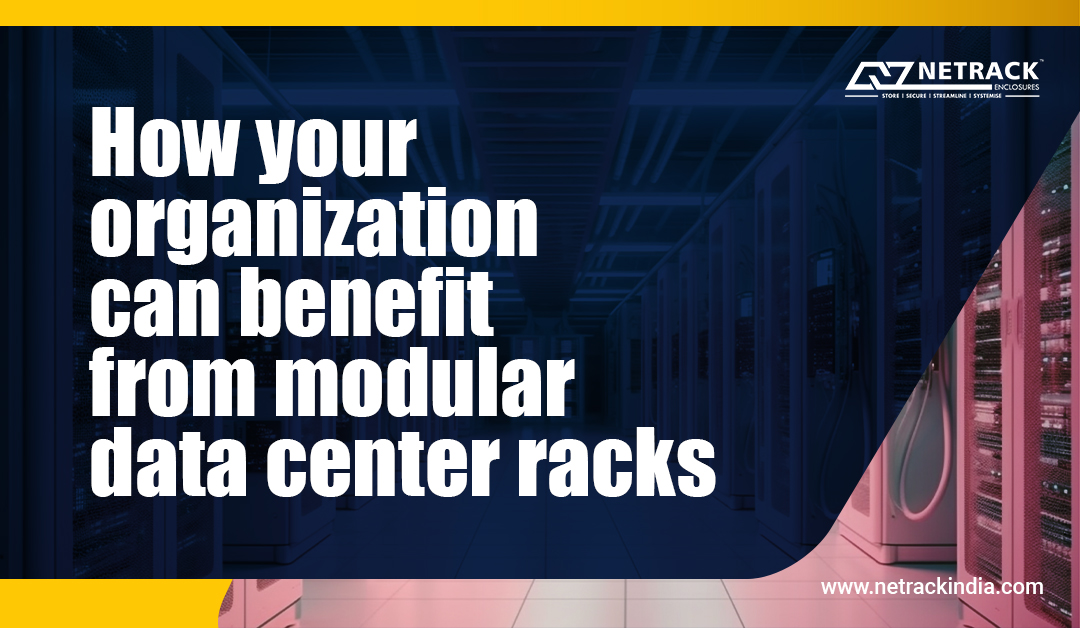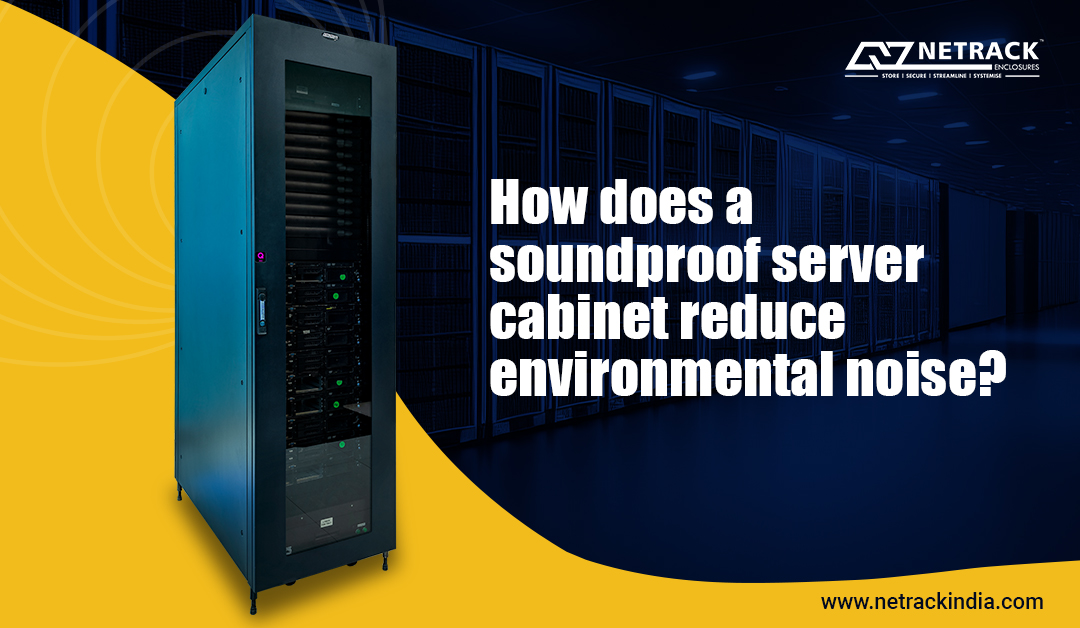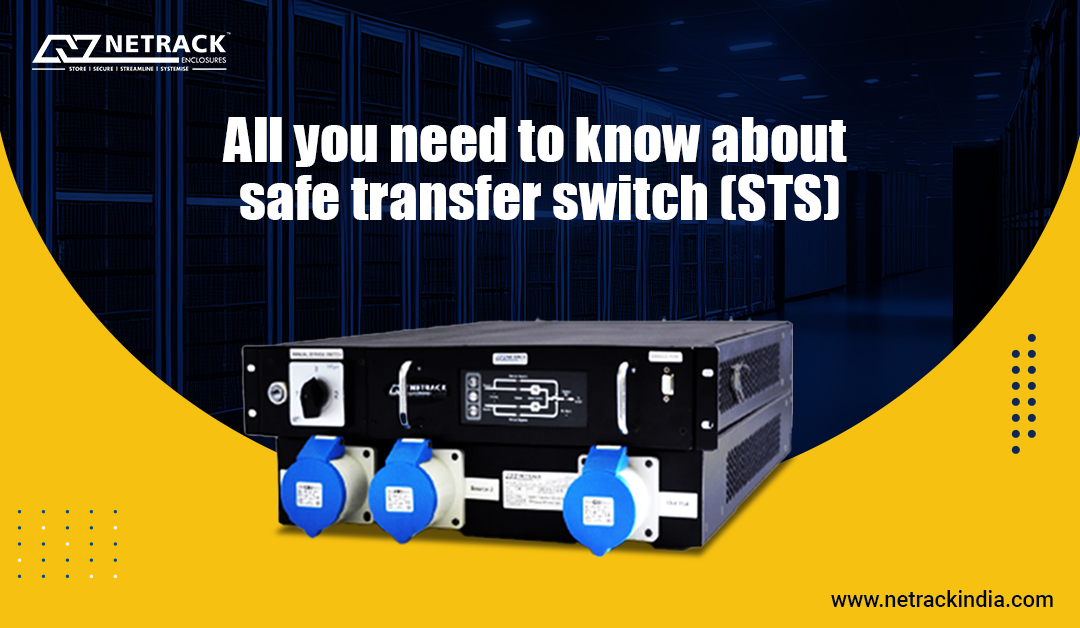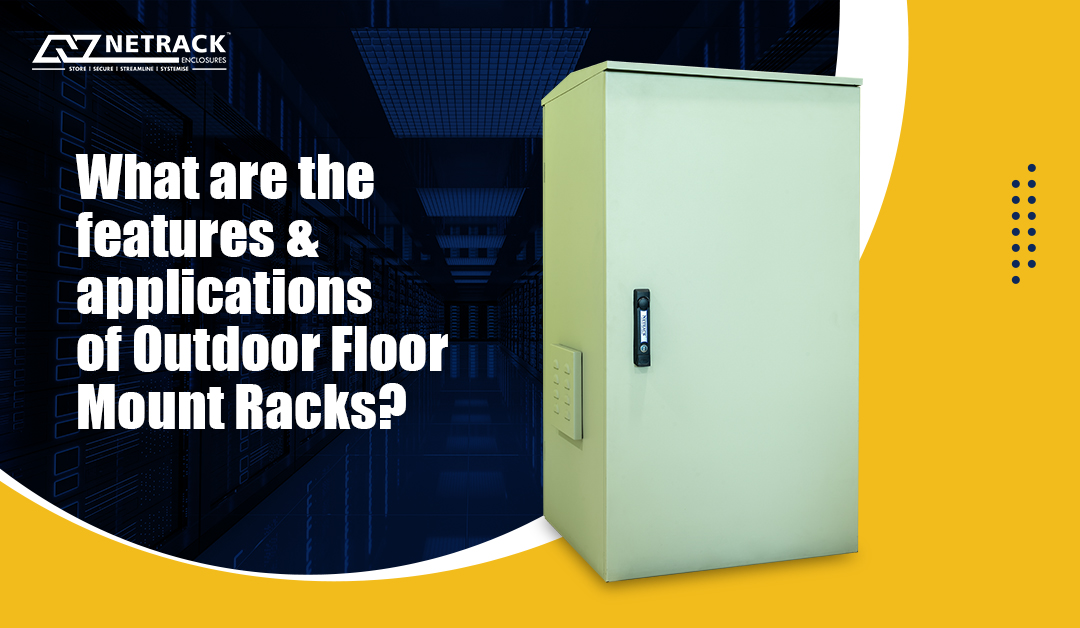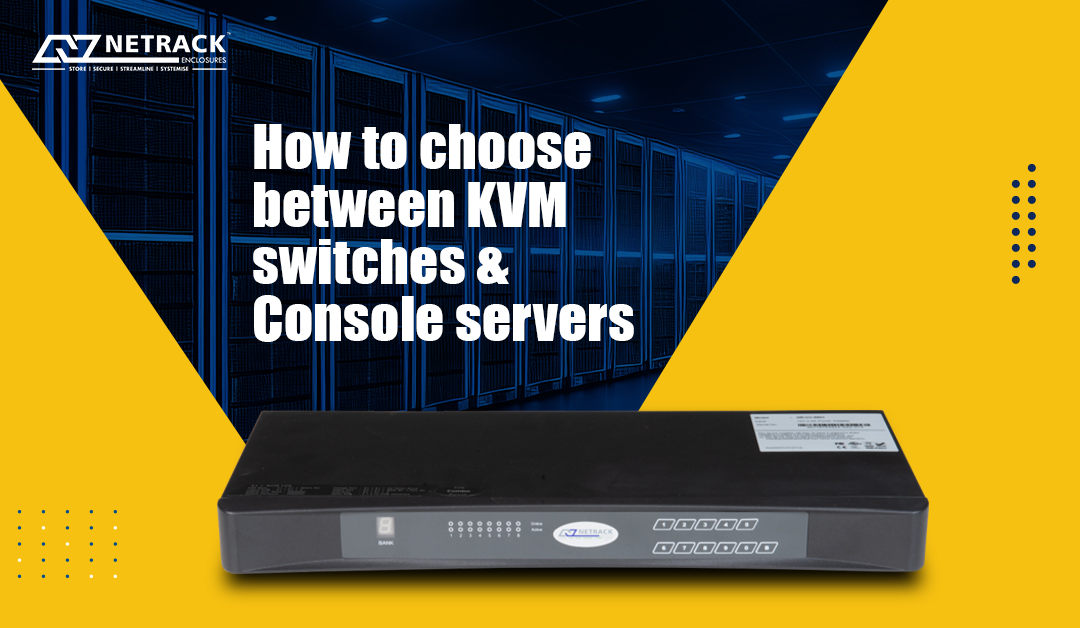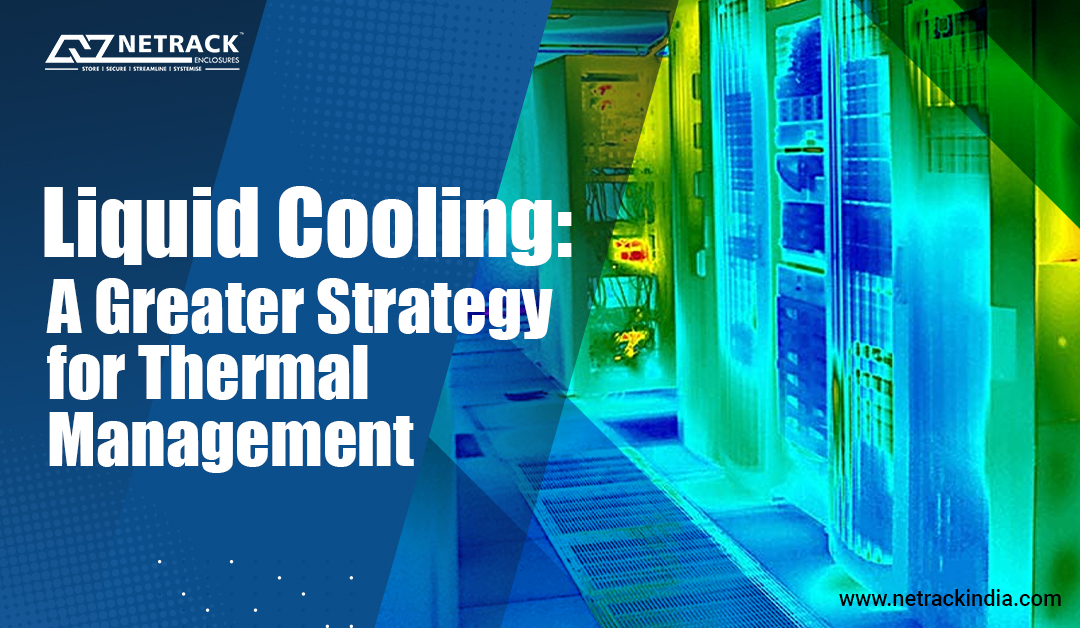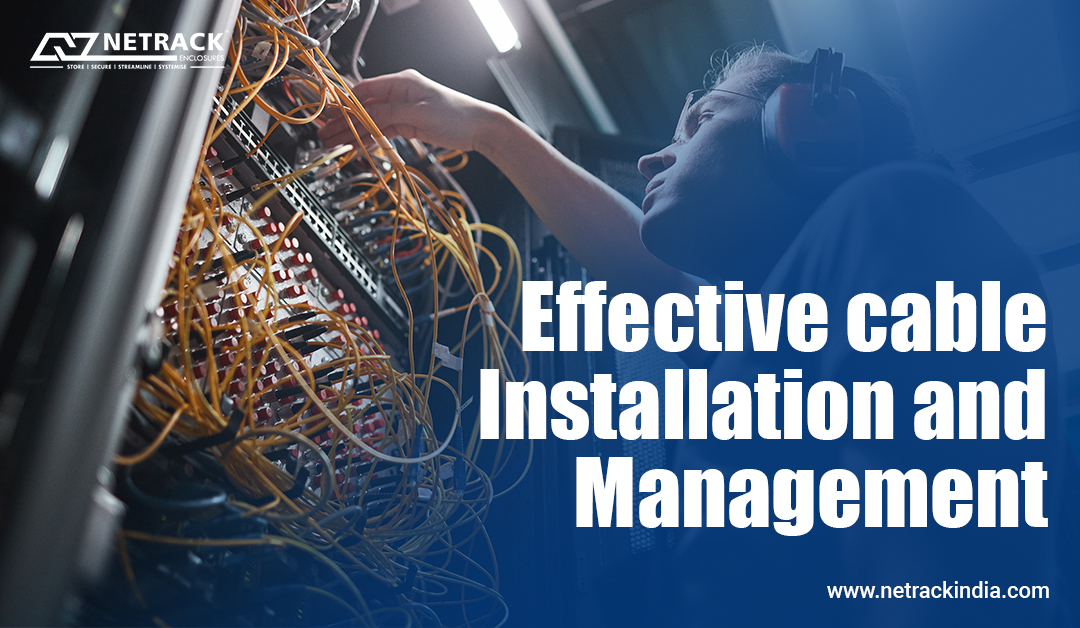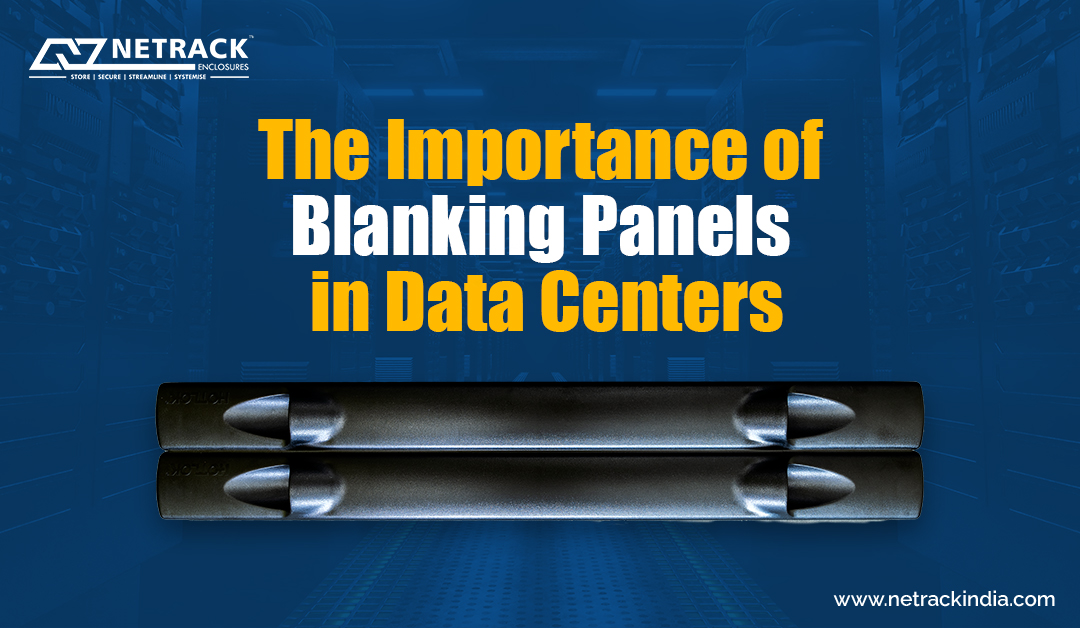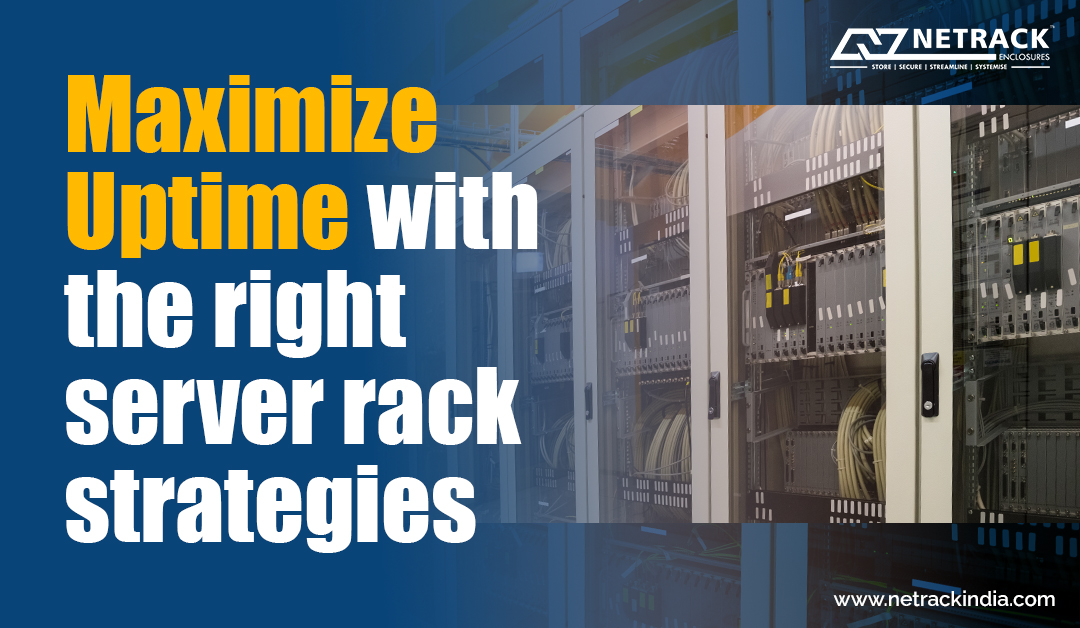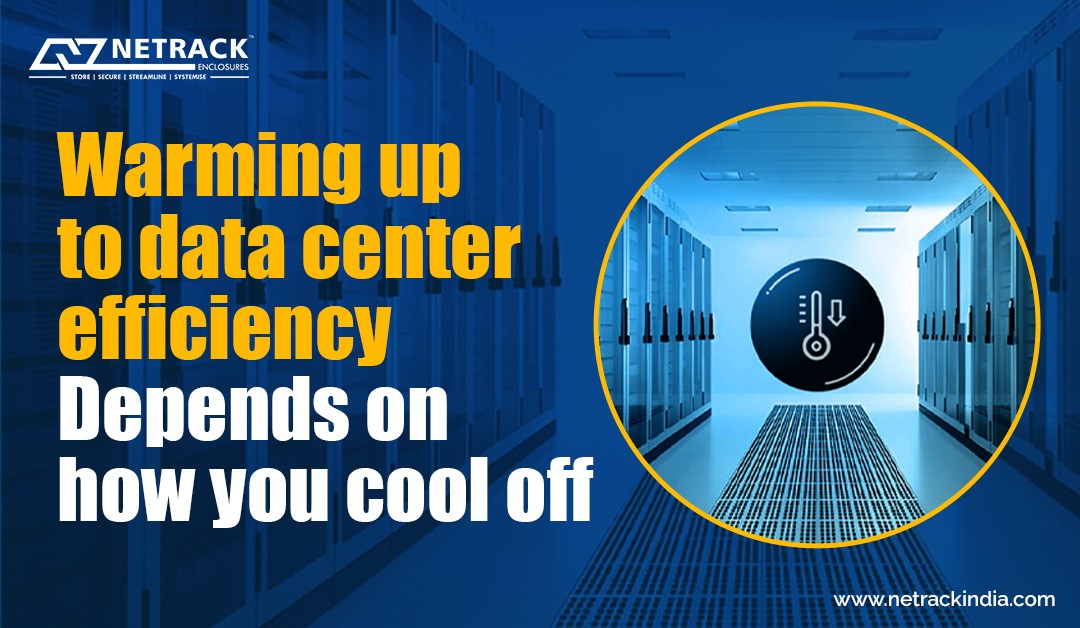How your organization can benefit from modular data center racks
Rapid digitalization fundamentally changed how organizations approach and leverage digital technologies to transform their operations, strategies, and business models. This shift from traditional, analog processes to a more digital-centric approach that embraces new technologies, data-driven decision-making, and customer-centricity solutions is not limited to progress. It led to a growing dependence on IT equipment, servers, data centers, and maintenance. Growing need for modular data center racks Over time the need for efficient installations and maintenance of the IT infrastructure grew since organizations now required customized solutions to ensure scalable, cost-efficient, and controlled environments for mission-critical equipment. Modular racks provide the flexibility to add or remove racks as required, accommodating changing equipment and capacity demands without disrupting the entire infrastructure as the data center grows. As a result, they are designed to maximize the efficient use of space within the data center. In addition, they allow for dense equipment deployment, reducing the overall footprint required for housing servers, storage devices,
Read More
